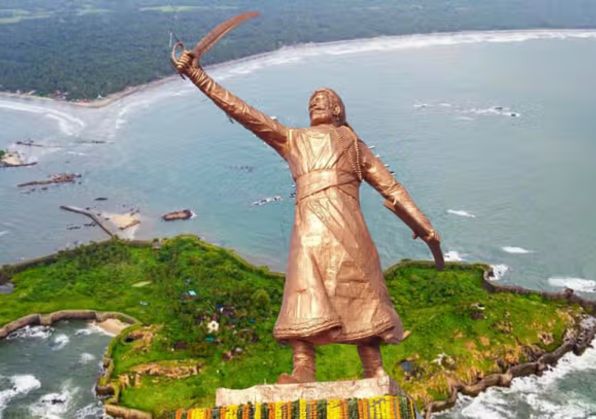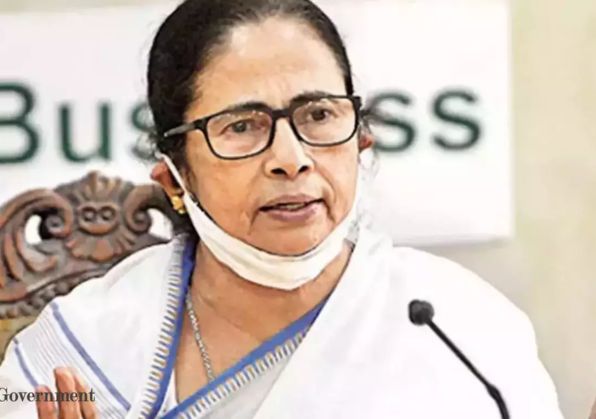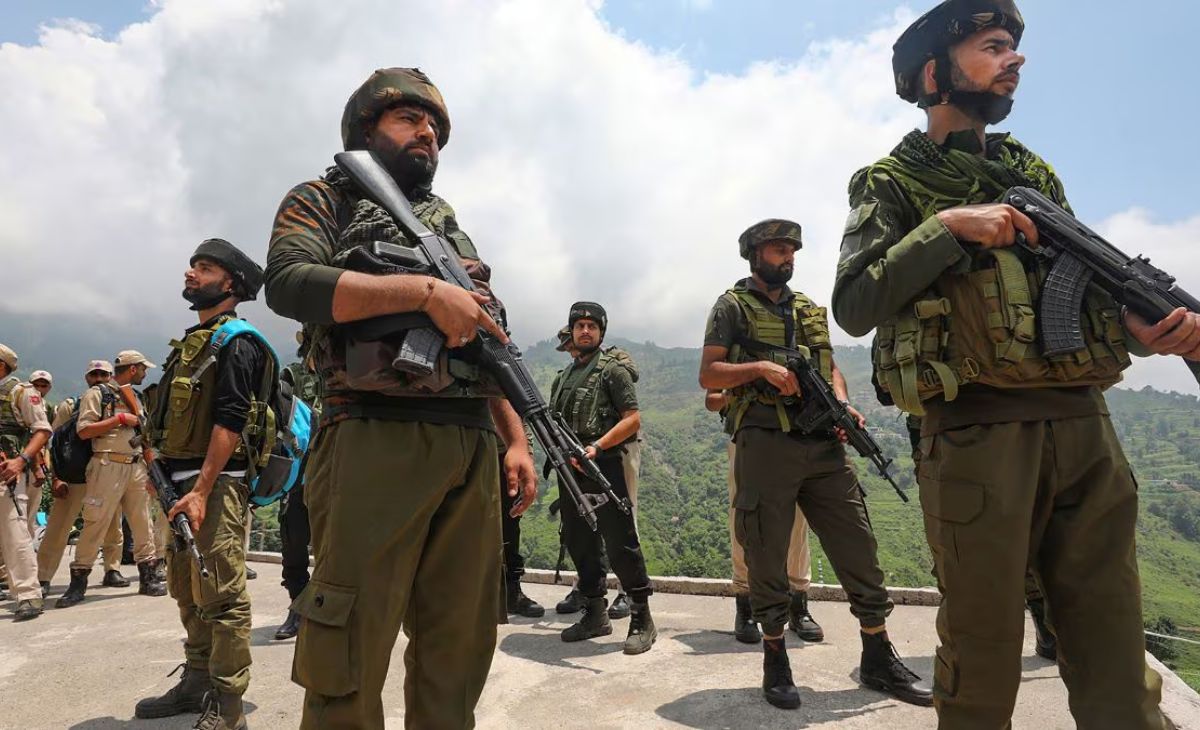MaharashtraDeputy Chief Minister Devendra Fadnavis has launched a sharp criticism against the Congress party and the Maha Vikas Aghadi (MVA) coalition over their protest regarding the collapse of a statue of Chhatrapati Shivaji Maharaj in Sindhudurg. Fadnavis has accused the Congress of “repeated insults” to the revered Maratha ruler, questioning its historical stance on Shivaji Maharaj and demanding an apology. The controversy has reignited long-standing political and historical disputes, fueling tensions ahead of upcoming state elections.
In a fiery exchange of words, Maharashtra’s Deputy Chief Minister, Devendra Fadnavis, on Sunday lashed out at the Congress party for staging a protest against the collapse of a statue of Chhatrapati Shivaji Maharaj in Sindhudurg district. The deputy CM called the Congress-led agitation “completely political,” accusing the party and its allies in the Maha Vikas Aghadi (MVA) of disrespecting the Maratha warrior king throughout history. Fadnavis demanded an apology for what he described as “repeated insults” to Shivaji Maharaj, sparking a heated debate that has political, historical, and cultural undertones.
Historical Grievances Resurface:
Fadnavis pointed to several historical instances where he claims the Congress party and MVA members had shown disrespect to Shivaji Maharaj. His accusations went as far back as Jawaharlal Nehru’s controversial portrayal of the Maratha ruler in The Discovery of India, written in 1946. The book, according to Fadnavis, presented Shivaji Maharaj in a negative light, referring to the warrior king’s Surat campaign as looting. “Shivaji Maharaj never looted Surat. In fact, the people of Surat later erected a statue of Chhatrapati Shivaji Maharaj in his honor. Will the Congress apologize for this misrepresentation?” Fadnavis asked.
Moreover, Fadnavis revisited other controversial episodes, such as the alleged demolition of Shivaji’s statue by Kamal Nath, former Chief Minister of Madhya Pradesh, and the removal of a Shivaji statue in Karnataka under a Congress-led administration. These incidents, according to Fadnavis, add to a long history of Congress undermining the Maratha hero’s legacy.
Political Dimensions of the Controversy:
The catalyst for the current dispute was the collapse of a Shivaji Maharaj statue in Sindhudurg, which led to protests organized by the MVA coalition in Mumbai. Senior MVA leaders, including Uddhav Thackeray of Shiv Sena (UBT),Nana Patole of Congress, and Sharad Pawar of the NCP (SP), spearheaded the protests against the Eknath Shinde-led Maharashtra government, holding it responsible for the incident.
Fadnavis, however, dismissed the protests as politically motivated, stating that the Congress and MVA’s concern for Shivaji Maharaj’s legacy is purely opportunistic. “Be it Congress or Maha Vikas Aghadi, they never truly respected Chhatrapati Shivaji Maharaj,” he said, adding that such protests are designed to score political points rather than honor the warrior’s memory.
Congress Counters Allegations:
Responding to the accusations, Congress leader Pawan Khera rejected Fadnavis’ claims about Nehru’s portrayal of Shivaji Maharaj in The Discovery of India. Khera clarified that Nehru had revised the book after realizing the earlier misrepresentation, having acknowledged that it was written without sufficient reference material during his imprisonment. “The insulting reference was removed in the second edition,” Khera said, emphasizing Nehru’s deep respect for Shivaji Maharaj. He also noted that in 1962, Nehru awarded the Padma Shri to Nanasaheb Karmarkar, the sculptor who created an iconic statue of Shivaji Maharaj.
A Broader Cultural Battle:
The Chhatrapati Shivaji Maharaj controversy is not just a political issue but also touches upon the deeply embedded cultural identity of Maharashtra. Shivaji Maharaj, a 17th-century warrior king, is revered across Maharashtra and holds a central place in the state’s historical narrative. The figure of Shivaji Maharaj has often been invoked by various political factions to galvanize public sentiment, particularly in the context of Maratha pride and regional identity. The recent protests and counter-allegations surrounding the statue’s collapse have brought these cultural tensions to the forefront.
Statue Politics in India:
The debate around the destruction, erection, and symbolism of statues has gained momentum in India in recent years, with numerous incidents where statues of iconic leaders and historical figures have become the focus of public and political attention. A key example is the construction of the world’s tallest statue, the Statue of Unity, commemorating Sardar Vallabhbhai Patel in Gujarat. These symbolic acts of commemoration and destruction often reflect broader political battles.
Statistical Context:
As of 2023, Maharashtra’s estimated population stands at over 125 million, making it the second-most populous state in India. The state has a 78% literacy rate, and Mumbai, its capital, is the financial hub of India. Shivaji Maharaj’s legacy plays a significant role in shaping the cultural fabric of Maharashtra, with over 90% of the population expressing reverence for the Maratha king, according to local surveys. Statues, memorials, and festivals commemorating Shivaji are prevalent across the state, and incidents involving his image evoke strong emotional responses from the public.
Conclusion
As the controversy continues, the historical and political significance of Chhatrapati Shivaji Maharaj remains a potent tool for mobilizing public opinion. With elections on the horizon, the BJP and Congress are likely to use these narratives to appeal to their respective voter bases. For now, Fadnavis has successfully reignited the debate on how the legacy of Maharashtra’s beloved ruler is treated in modern-day politics.
Disclaimer: This article is based on public statements and historical references. The information provided is for journalistic purposes and does not intend to express a stance on the issues discussed. Readers are encouraged to explore multiple perspectives to form an informed opinion.




